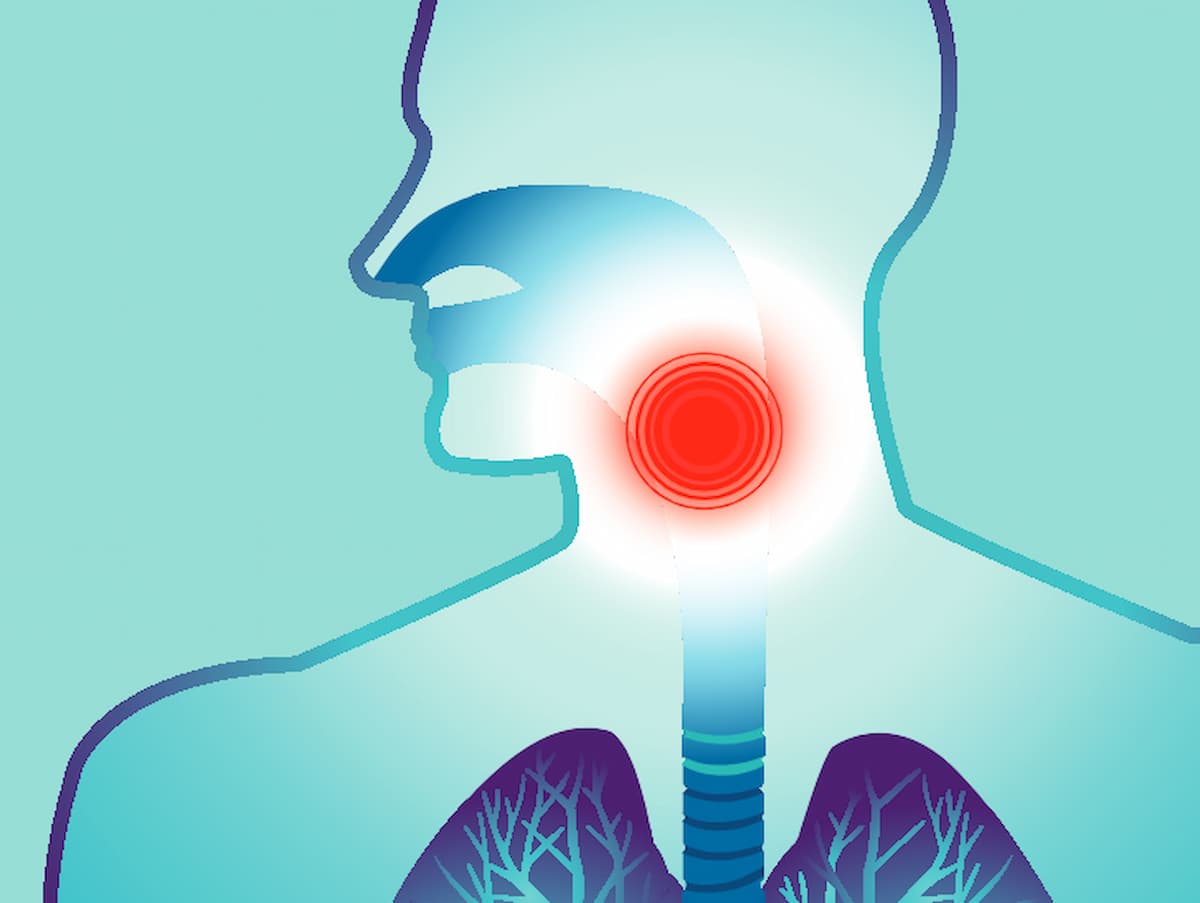HPV ctDNA May Not Help Predict Recurrent Disease in Oropharyngeal Cancer
Results from cohort A of a pilot study of patients with HPV–associated oropharyngeal carcinoma did not meet its primary end point.
“Radiographic recurrence was not preceded by a positive TTMV-HPV DNA value during this 3-month interval surveillance paradigm. Additional data are needed to select patients for active surveillance,” according to Linda Chen, MD.

The utilization of TTMV-HPV DNA to select patients with human papillomavirus (HPV)–associated oropharyngeal carcinoma for active surveillance was not effective, showed high rates of recurrence, and did not meet the primary end point, according to findings from cohort A from a phase 2 trial (NCT05307939) presented at the 2024 American Society for Radiation Oncology (ASTRO) Multidisciplinary Head and Neck Cancers Symposium.
A total of 67% of patients continued the study without the need for additional treatment, 8% needed additional delayed adjuvant radiotherapy due to positive TTMV-HPV DNA on imaging without evidence of disease, and 25% had gross recurrent disease.
“Radiographic recurrence was not preceded by a positive TTMV-HPV DNA value during this 3-month interval surveillance paradigm. Additional data are needed to select patients for active surveillance,” Linda Chen, MD, assistant attending radiation oncologist at Memorial Sloan Kettering Cancer Center, said during the presentation.
The investigators stated that the current standard of care for those with the aforementioned disease is adjuvant therapy following surgery. Investigators hypothesized that additional biomarkers may help with further personalizing adjuvant therapy recommendations for this patient population. Additionally, the use of HPV circulating tumor DNA (ctDNA) was believed to help detect minimal residual disease prior to clinical recurrence.
This study, which was investigator-initiated, omitted adjuvant radiation for patients with undetectable HPV ctDNA and delayed treatment until HPV ctDNA was detectable. This was then evaluated with the NavDx assay for tumor tissue–modified viral HPV DNA.
Patients were eligible for treatment if they had preoperative TTMV-HPV DNA of 50 or more fragments/mL. They then received surgical resection of all gross disease, and those with 1 or more pathologic risk factors were given adjuvant radiation with the exception of those who had positive margins and extracapsular extension in cohort A. Patients then needed to have negative post-operative TTMA-HPV DNA at 2 and 6 weeks following surgery and a negative post-operative MRI to receive active surveillance.
Every 3 months, testing was done for TTMV-HPV DNA through CT, MRI, or PET scans. A physical examination was also conducted with the use of a fiberoptic endoscopic exam.
The primary end point was having 85% or more of patients without evidence of gross disease at 1 year. It was noted that this would not have been met if 3 or more events occurred.
A total of 53 patients were determined to be surgical candidates because they had HPV-positive oropharyngeal carcinoma. Investigators excluded 21 patients who had TTMV-HPV of lower than 50 fragments/mL; of these patients, 12 had TTMV-HPV–negative or TTMV-HPV–intermediate disease. Only 23 underwent surgery, and 11 patients were excluded post-operatively due to having positive margins, 2 of whom had positive post-operative TTMV-HPV and gross disease based on post-operative imaging. Ultimately, 12 went on to active surveillance.
Of those who went on to surveillance, the primary tumors included the tonsil and base of the tongue, with 1 patient having an unknown tumor. The median preoperative TTMV-HPV DNA score was 448 fragments/mL (range, 59-2135).
The study’s median follow-up was 12.5 months. Of the 3 patients who had gross radiographic recurrence, 2 occurred synchronously with TTMV-HPV DNA detection, and 1 occurred prior to detection.
“Cohort B remains open and will be reported separately. This will evaluate de-escalated post-operative radiation and chemotherapy for patients with positive margins and extracapsular extension with negative TTMV-HPV DNA,” Chen concluded.
Reference
Chen L, Cohen M, Hatzoglou V, et al. Early disease recurrence following post-operative HPV ctDNA directed active surveillance in oropharyngeal carcinoma-outcomes of a prospective pilot study. Presented at the 2024 American Society for Radiation Oncology Multidisciplinary Head and Neck Cancers Symposium; February 29-March 2, 2024; Phoenix, Arizona. Abstract LBA1.
Newsletter
Stay up to date on recent advances in the multidisciplinary approach to cancer.